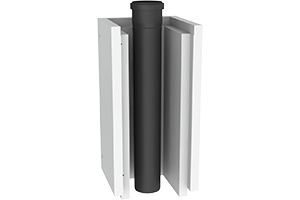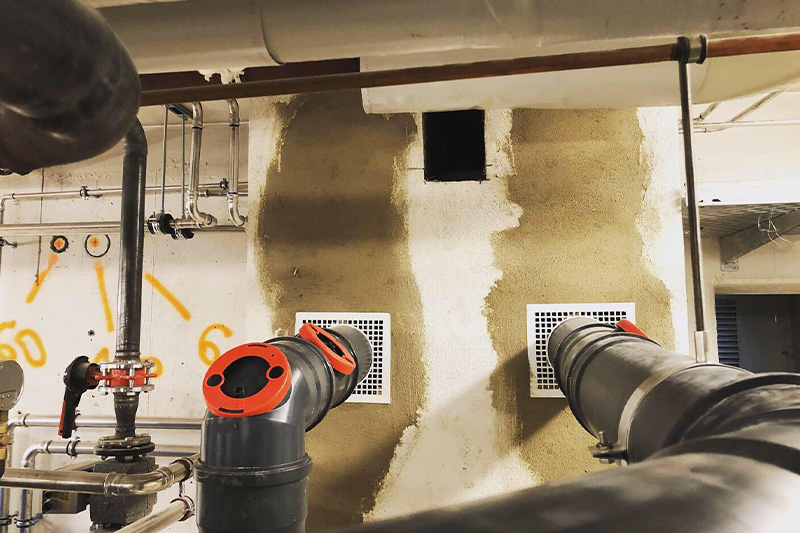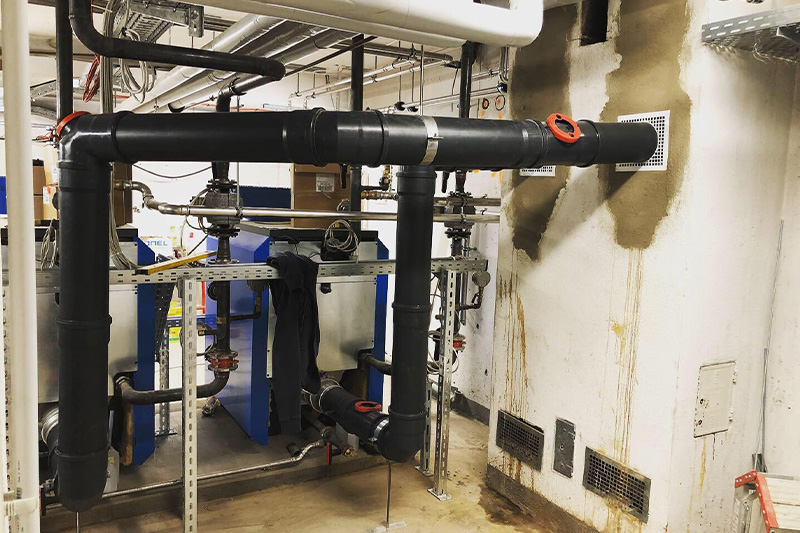Chimney renovation
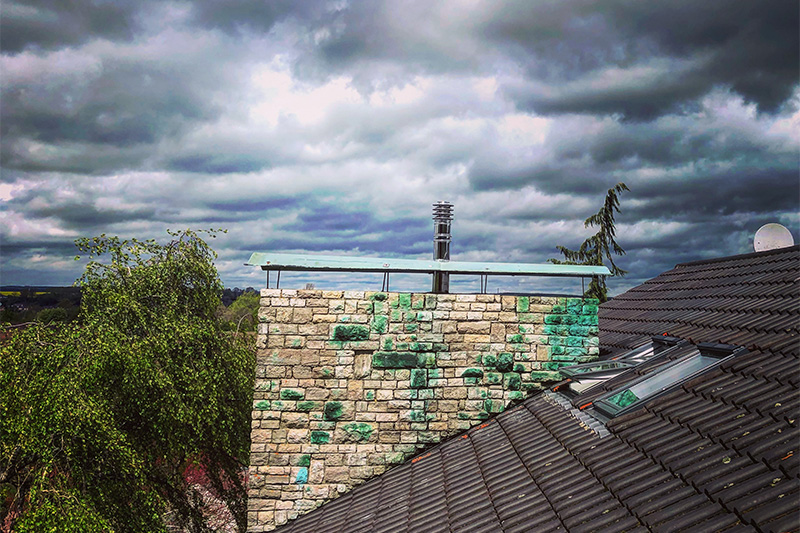


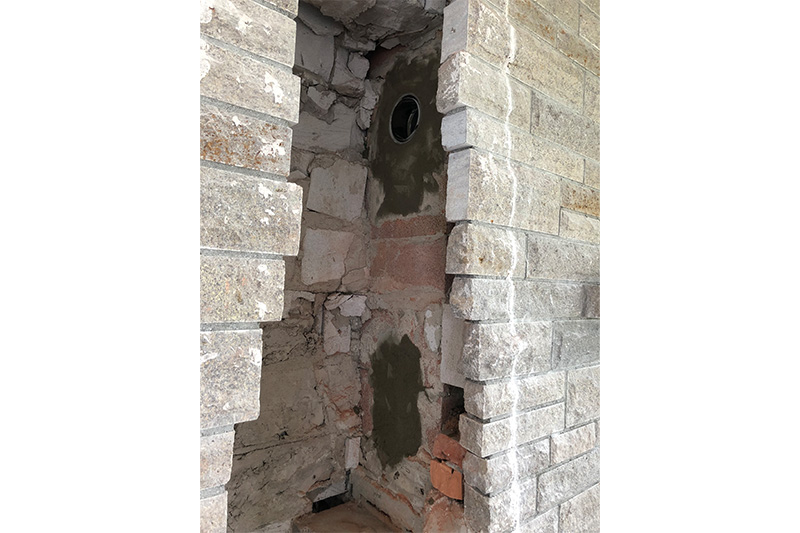
And with the chimney, everything is in order!
When the existing house chimney shows signs of wear due to age or no longer meets the requirements of a modern heating system, chimney renovation becomes necessary.
How do wear and tear occur?
Due to years of use, dirt particles and acid-containing condensate penetrate the walls of masonry chimneys. Since the chimney cross-section is usually too large for the low flue gas temperatures of modern heating systems, water vapor from combustion in the fireplace or pellet stove condenses, creating condensate inside the chimney. These acidic substances seep into the masonry of the chimney, causing significant damage. From this point, the masonry chimney gradually begins to deteriorate. The stains from this deterioration are not only unsightly but also very dangerous, as the chimney is being eroded and could even damage the building’s structure. Another risk for the house chimney is soot buildup. In this case, chimney renovation is also recommended. Soot accumulates on the walls of the chimney as a result of soot particles that settle. This soot formation is caused by irregular cleanings, overloading the stove, or improper operation.
Where is the danger of soot formation?
The accumulated soot in the walls of the old chimney can heat up so much during operation that it ignites. This phenomenon is called a soot fire. It can be recognized by strong sparks and flames coming from the chimney.
What can be done about chimney deterioration?
The best way to counteract deterioration is to install a single-walled flue system, also known as chimney renovation. Kits made of stainless steel or polypropylene (plastic) are ideal for lining the inside of the masonry chimney. The individual elements can be easily connected and inserted into the existing chimney from the chimney top. The simple assembly with precise elements and plug connections makes the work much easier. With flexible systems and angles, obstacles are no problem and can be adjusted.










